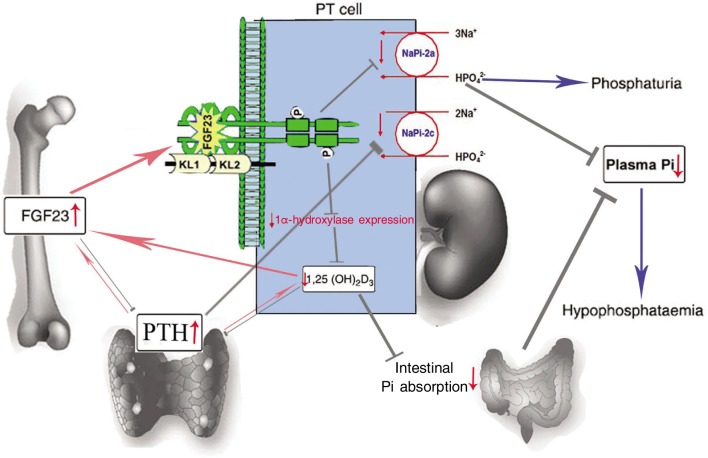Figure 5. The bone-kidney-parathyroid endocrine axes mediated by FGF23 and 1,25(OH)2D3.
FGF23 is primarily produced in the bones (osteocyte). Through circulation, FGF23 is transferred to the kidney, where it interacts with the FGFRs in the presence of co-receptor Klotho[26]–[28], decreasing the expression of an electrogenic phosphate transporter (sodium-dependent phosphate transporter 2a, NaPi-2a)[29],[30] and an electroneutral phosphate transporter (NaPi-2c) on the apical surface of the proximal tubule and leading to inhibition of renal phosphate reabsorption and 1,25(OH)2D3 synthesis[15],[27]. This results in phosphaturia and reduced intestinal absorption of calcium and phosphate, eventually decreasing the plasma Pi (inorganic phosphate) and resulting in hypophosphatemia[31]. On the other hand, serum parathyroid hormone (PTH) stimulates while FGF23 inhibits 1,25(OH)2D3 production in the kidney[11],[32]. In turn, 1,25(OH)2D3 inhibits PTH production and secretion from the parathyroid glands and stimulates FGF23 production from the bone as a negative feedback mechanism[33],[34]. FGF23 can also decrease PTH secretion, and PTH can decrease the expression of NaPi-2a and NaPi-2c[35]. The red arrows indicate positive regulation, and the gray arrows indicate negative regulation.

